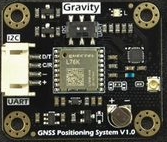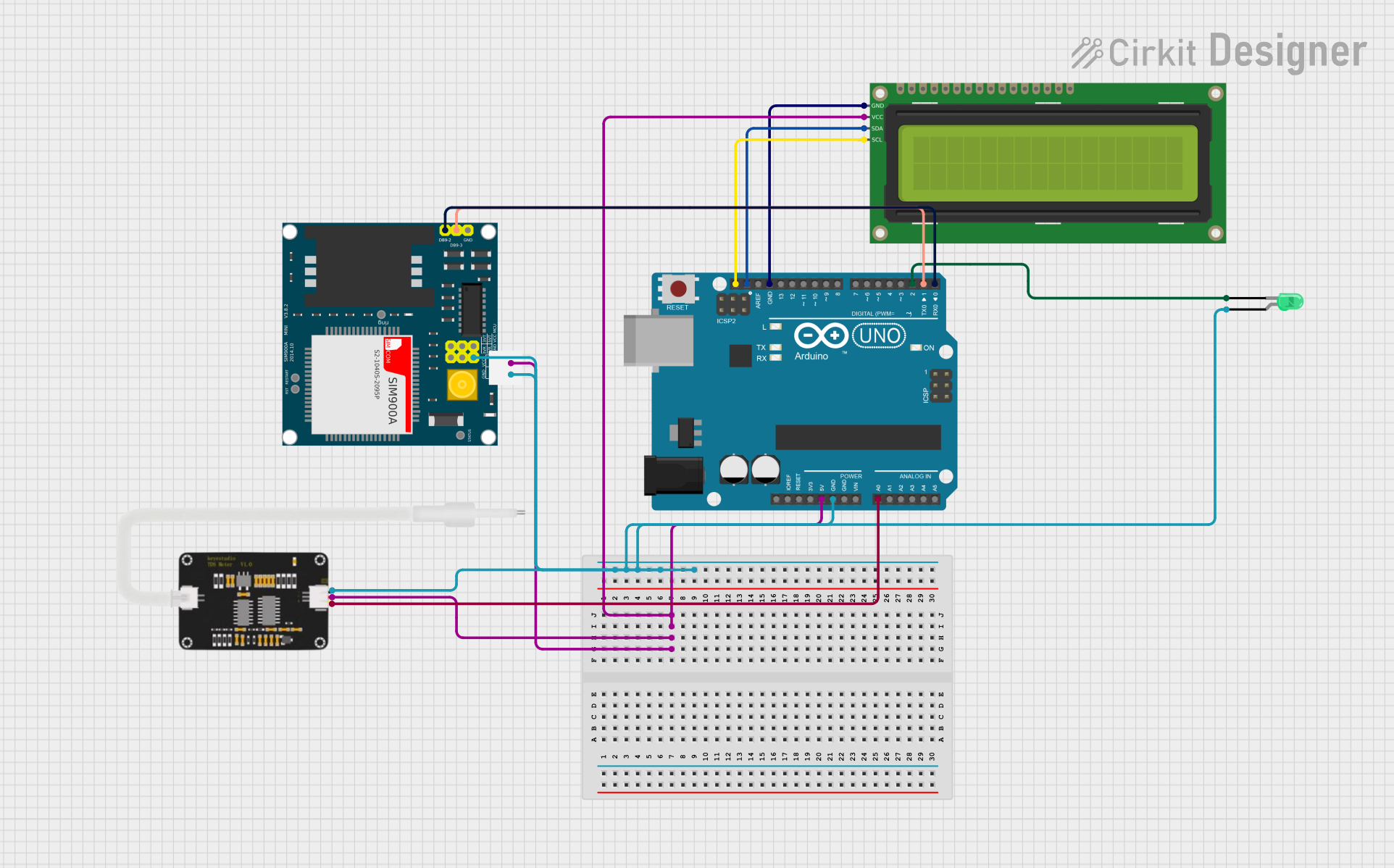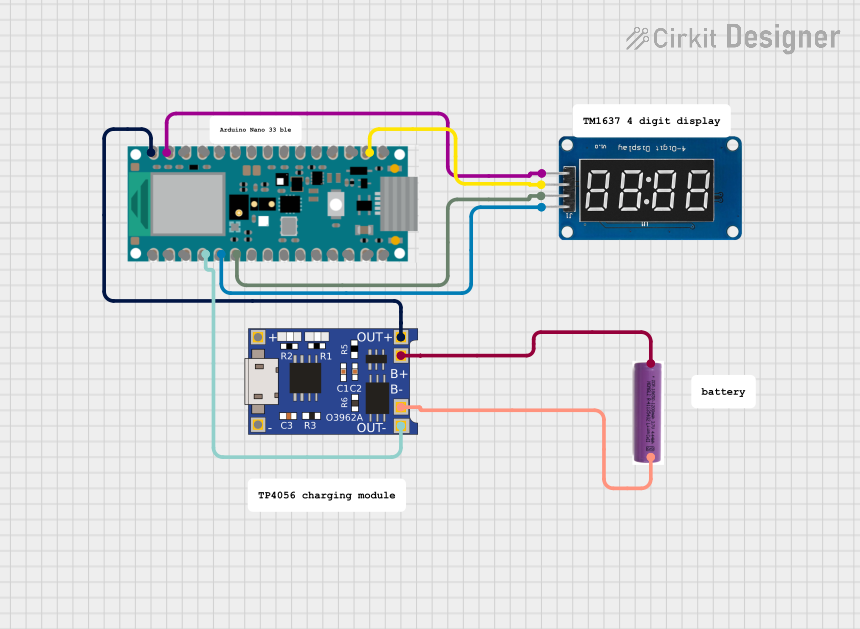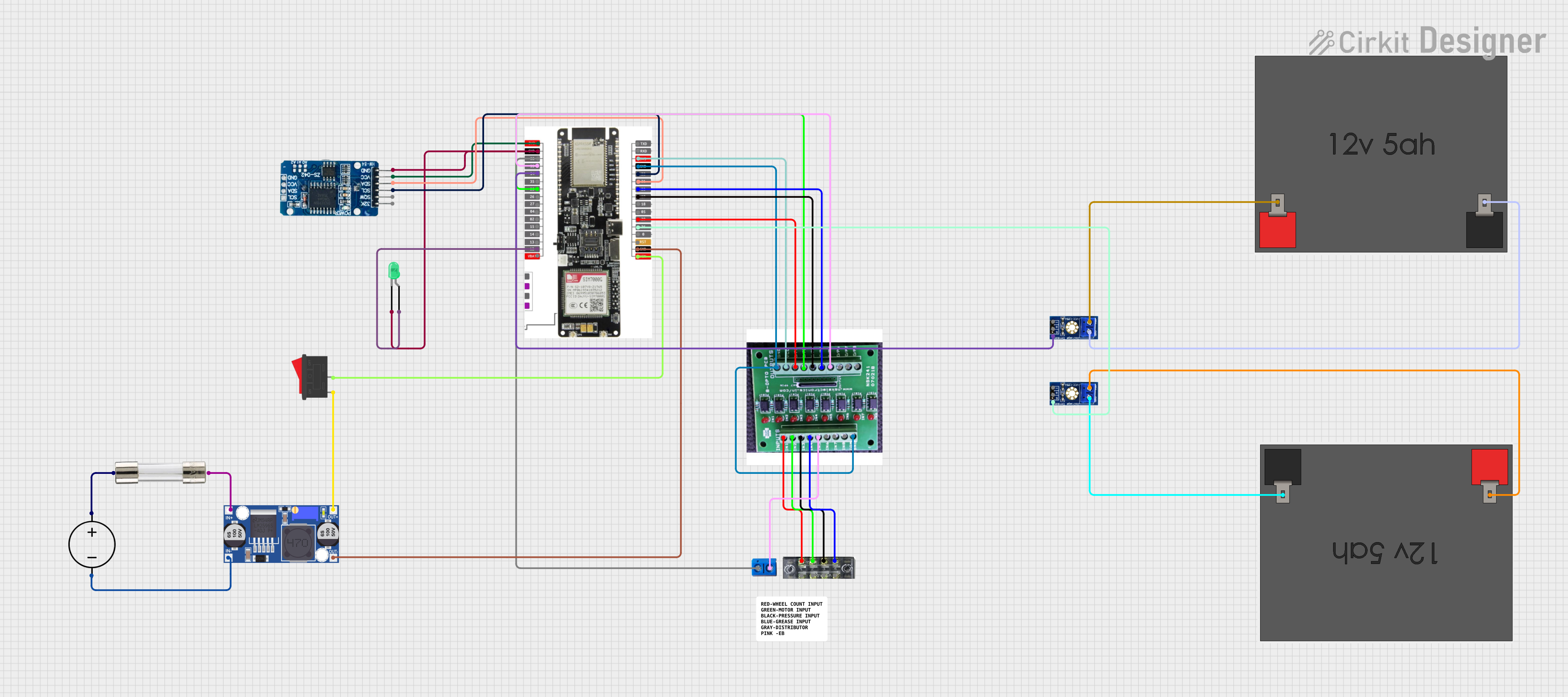
How to Use TEL0157: Examples, Pinouts, and Specs

 Design with TEL0157 in Cirkit Designer
Design with TEL0157 in Cirkit DesignerIntroduction
The TEL0157 is a high-performance, low-noise operational amplifier manufactured by DFRobot. Designed for precision signal processing applications, it offers exceptional performance with a wide bandwidth and low distortion. These features make it ideal for use in audio systems, instrumentation circuits, and other applications requiring high signal fidelity.
Explore Projects Built with TEL0157

 Open Project in Cirkit Designer
Open Project in Cirkit Designer
 Open Project in Cirkit Designer
Open Project in Cirkit Designer
 Open Project in Cirkit Designer
Open Project in Cirkit Designer
 Open Project in Cirkit Designer
Open Project in Cirkit DesignerExplore Projects Built with TEL0157

 Open Project in Cirkit Designer
Open Project in Cirkit Designer
 Open Project in Cirkit Designer
Open Project in Cirkit Designer
 Open Project in Cirkit Designer
Open Project in Cirkit Designer
 Open Project in Cirkit Designer
Open Project in Cirkit DesignerCommon Applications
- Audio preamplifiers and equalizers
- Precision instrumentation amplifiers
- Active filters and signal conditioning
- Data acquisition systems
- Medical instrumentation
Technical Specifications
Key Specifications
| Parameter | Value |
|---|---|
| Supply Voltage Range | ±2.5V to ±18V |
| Input Offset Voltage | ≤ 1 mV |
| Input Bias Current | ≤ 50 nA |
| Gain Bandwidth Product | 10 MHz |
| Slew Rate | 5 V/µs |
| Output Voltage Swing | ±(Vcc - 1.5V) |
| Total Harmonic Distortion | ≤ 0.001% |
| Operating Temperature | -40°C to +85°C |
| Package Type | DIP-8 / SOIC-8 |
Pin Configuration
The TEL0157 is available in an 8-pin DIP or SOIC package. The pinout is as follows:
| Pin Number | Pin Name | Description |
|---|---|---|
| 1 | Offset Null 1 | Offset voltage adjustment (optional) |
| 2 | Inverting Input | Inverting input terminal (-) |
| 3 | Non-Inverting Input | Non-inverting input terminal (+) |
| 4 | V- (GND) | Negative power supply or ground |
| 5 | Offset Null 2 | Offset voltage adjustment (optional) |
| 6 | Output | Amplifier output |
| 7 | V+ | Positive power supply |
| 8 | NC (No Connect) | Not connected (leave unconnected) |
Usage Instructions
Using the TEL0157 in a Circuit
- Power Supply: Connect the TEL0157 to a dual power supply (e.g., ±12V) or a single supply (e.g., 5V and GND). Ensure the supply voltage is within the specified range (±2.5V to ±18V).
- Input Connections:
- Connect the signal source to the non-inverting input (Pin 3) or the inverting input (Pin 2), depending on the desired configuration (non-inverting or inverting amplifier).
- Use appropriate resistors to set the gain of the amplifier.
- Output Connection: Connect the output (Pin 6) to the load or the next stage of the circuit.
- Offset Adjustment (Optional): If precise offset voltage adjustment is required, connect a 10kΩ potentiometer between Offset Null 1 (Pin 1) and Offset Null 2 (Pin 5), with the wiper connected to V+.
Important Considerations
- Bypass Capacitors: Place decoupling capacitors (e.g., 0.1 µF ceramic and 10 µF electrolytic) close to the power supply pins (V+ and V-) to reduce noise and improve stability.
- Input Impedance: Ensure the input impedance of the circuit is high enough to avoid loading the signal source.
- Thermal Management: Operate the TEL0157 within the specified temperature range (-40°C to +85°C) to ensure reliable performance.
Example: Using TEL0157 with Arduino UNO
The TEL0157 can be used to amplify analog signals for an Arduino UNO. Below is an example of a non-inverting amplifier circuit with a gain of 11 (using a 10kΩ and 1kΩ resistor).
Circuit Diagram
- Connect:
- Pin 3 (Non-Inverting Input) to the signal source.
- Pin 2 (Inverting Input) to the junction of a 10kΩ resistor (to output) and a 1kΩ resistor (to GND).
- Pin 6 (Output) to Arduino's analog input (e.g., A0).
- Pin 4 (V-) to GND and Pin 7 (V+) to 5V.
Arduino Code
// Arduino code to read amplified signal from TEL0157
const int analogPin = A0; // Analog pin connected to TEL0157 output
int signalValue = 0; // Variable to store the analog signal value
void setup() {
Serial.begin(9600); // Initialize serial communication
}
void loop() {
signalValue = analogRead(analogPin); // Read the amplified signal
Serial.print("Amplified Signal Value: ");
Serial.println(signalValue); // Print the signal value to the Serial Monitor
delay(500); // Wait for 500ms before the next reading
}
Troubleshooting and FAQs
Common Issues and Solutions
No Output Signal:
- Verify the power supply connections (V+ and V-).
- Check the input signal and ensure it is within the amplifier's input range.
- Ensure the output is not shorted to ground or any other pin.
Distorted Output:
- Check if the input signal exceeds the amplifier's input voltage range.
- Verify that the load connected to the output is not too low (maintain a load impedance > 2kΩ).
High Noise or Oscillations:
- Add bypass capacitors close to the power supply pins.
- Ensure proper grounding and minimize the length of signal wires.
Incorrect Gain:
- Verify the resistor values used in the feedback network.
- Ensure the resistors are connected correctly.
FAQs
Q1: Can the TEL0157 operate with a single power supply?
Yes, the TEL0157 can operate with a single supply (e.g., 5V and GND). However, ensure the input signal is biased appropriately to stay within the input voltage range.
Q2: What is the maximum output current of the TEL0157?
The TEL0157 can source or sink up to 20 mA. Ensure the load impedance is high enough to avoid overloading the output.
Q3: Can I use the TEL0157 for audio applications?
Yes, the TEL0157 is well-suited for audio applications due to its low noise, low distortion, and wide bandwidth.
Q4: How do I adjust the offset voltage?
Use a 10kΩ potentiometer connected between Offset Null 1 (Pin 1) and Offset Null 2 (Pin 5), with the wiper connected to V+. Adjust the potentiometer to minimize the offset voltage at the output.